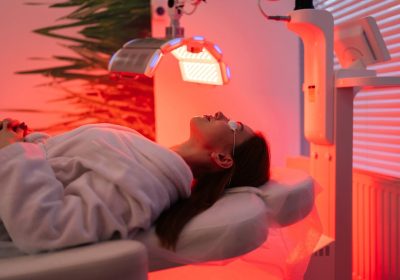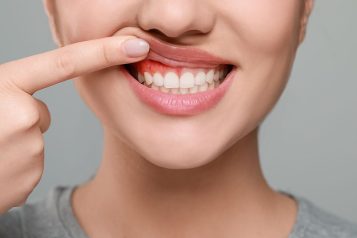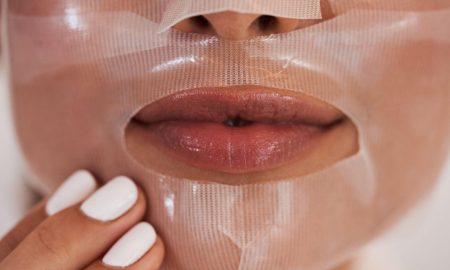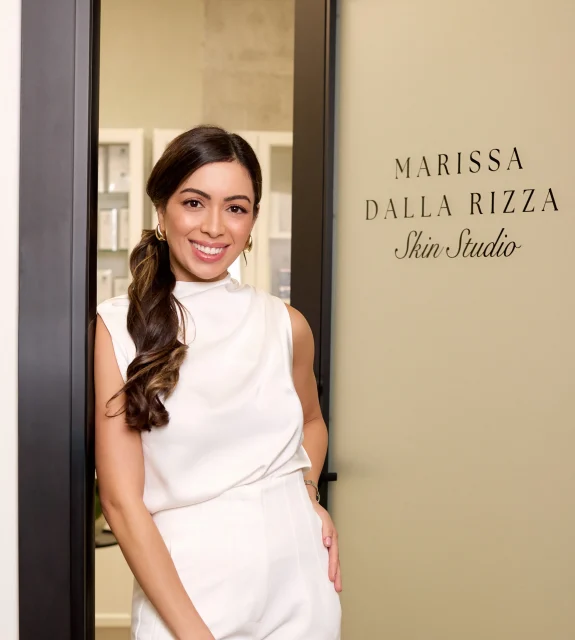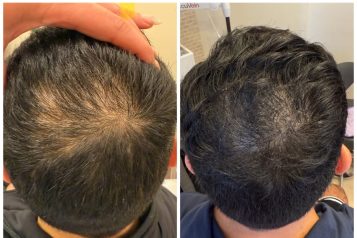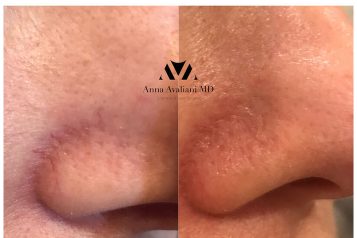Rhinoplasty, or nose surgery, is a common procedure among adolescents who are self-conscious about the appearance of their nose. The decision to undergo rhinoplasty is significant and requires careful consideration by both the teen and their parents. Here's a guide to what parents and teens should expect during the initial consultation with a plastic surgeon.
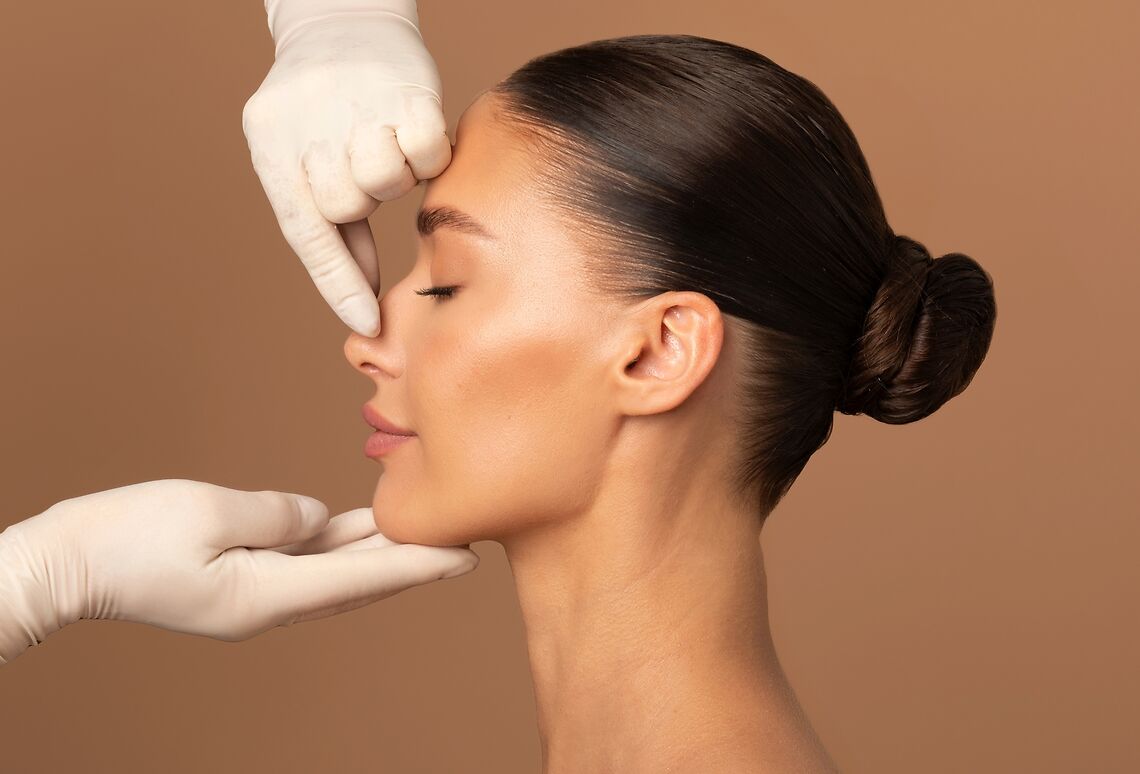 Photo Credit: Courtesy of Fast-Stock/Shutterstock
Photo Credit: Courtesy of Fast-Stock/Shutterstock
Understanding the Consultation Process
The initial consultation is a vital step in the rhinoplasty journey. Parents and teens should be prepared to discuss in detail what aspects of the nose are causing concern. Whether it's a dorsal hump, a drooping tip, or an overall size issue, it's crucial to identify the specific areas of dissatisfaction. The surgeon will then explain how these concerns can be addressed surgically.
A thorough discussion about the pre-operative and post-operative process is also part of the consultation. This includes understanding the healing timeline—most patients can expect to return to school within one to two weeks after surgery, though swelling, particularly around the nasal tip, may persist for up to a year.
Key Factors in Evaluating Candidacy for Rhinoplasty
When considering a teen for rhinoplasty, plastic surgeons evaluate two primary factors: age and expectations. Age is crucial because the face must be fully developed before surgery. Typically, surgery is not performed before the age of 16 for females and 18 for males. This ensures that the facial growth is complete, minimizing the risk of future changes that could affect the results.
Expectations are another critical consideration. The surgeon must ensure that the teen has realistic expectations about the outcomes. While rhinoplasty can significantly improve the appearance of the nose, perfection is unattainable due to the inherent asymmetry in human anatomy. The goal is to achieve an improved, natural look rather than an idealized version seen on social media.
Surgical Techniques and Approaches in Adolescent Rhinoplasty
The surgical techniques used in adolescent rhinoplasty are similar to those in adult rhinoplasty. The primary goal is to ensure the structural integrity of the nose, particularly since the patient will live with the results for many decades. Surgeons focus on preserving vital anatomical structures and may use cartilage grafts to provide additional support. This careful approach ensures that the nose remains functional and aesthetically pleasing over the long term.
What to Expect on the Day of Surgery
The day of surgery is carefully managed to ensure a calm and professional experience. Before the procedure, the surgeon will meet with the patient one final time to review the surgical plan and confirm the patient’s goals.
Post-surgery, the surgeon will typically speak with the patient, although the effects of anesthesia may cause the patient to have limited recall of this conversation. To ensure everything is on track, the surgeon will call the patient later that evening to check on their recovery and answer any questions.
Follow-up care includes several visits to the surgeon. The day after surgery, any packing that was placed in the nose will be removed. At the one-week mark, sutures and the external nasal splint are taken off, and tape may be applied for an additional week to help reduce swelling. While most teens can return to school after two weeks, some residual swelling, particularly around the nasal tip, can last for up to a year.
Understanding the Risks and Complications
Like all surgeries, adolescent rhinoplasty carries some risks, including infection, bleeding, and minor imperfections. The surgical team takes numerous precautions to mitigate these risks, including sterile techniques in the operating room and post-operative care instructions.
Minor imperfections are a natural part of any surgery, given the innate asymmetry of the human body. While surgeons strive to create the most beautiful nose possible, patients should understand that absolute perfection is not a realistic goal.
Adolescent rhinoplasty is a delicate procedure that requires careful planning and realistic expectations. By understanding the consultation process, surgical techniques, and recovery expectations, parents and teens can approach the decision with confidence. With a skilled surgeon and clear communication, the outcome can lead to a significant boost in the teen's self-confidence and overall satisfaction with their appearance.
For more information, visit Robert Morin, MD's social media:




